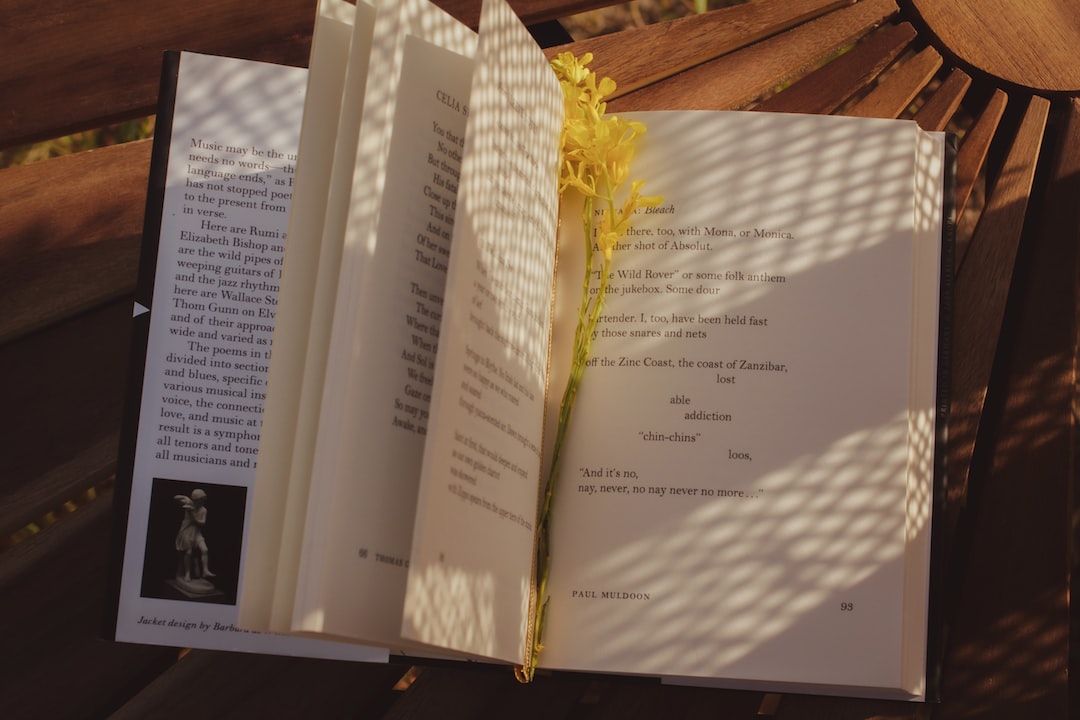The Intricate Beauty of Islamic Calligraphy
Calligraphy, often referred to as the art of beautiful writing, has captivated artists and art lovers for centuries. Across various cultures, calligraphy has been used to express artistry, spirituality, and cultural identity. Islamic calligraphy, in particular, holds a unique place in the world of calligraphic art due to its rich history, intricate designs, and profound spiritual significance. This blog post explores the intricate beauty and deep-rooted cultural significance of Islamic calligraphy.
Islamic calligraphy, also known as Arabic calligraphy, is deeply rooted in Islamic culture and religion. The Arabic script, chosen for its aesthetic appeal and practicality, became the primary mode of expressing the Holy Quran. The profound significance of the Quran led to the development of Arabic calligraphy as an art form in itself, where skilled calligraphers and artists sought to transpose the words of God into visually stunning compositions.
One of the striking characteristics of Islamic calligraphy is the intricate designs and attention to detail. Calligraphers employ various styles, such as Kufic, Naskh, Diwani, and Thuluth, to create visually stunning compositions that command the viewer’s attention. Each style has its own unique characteristics and is selected based on the intended purpose of the calligraphic piece. For instance, the angular and geometric Kufic style is often used for monumental inscriptions, while the more rounded Naskh style is commonly employed in the Qurans and other religious texts.
Islamic calligraphy is not merely a visual art but also a spiritual practice. Muslims believe that the artistic rendering of Quranic verses enhances their spiritual connection with God and serves as a form of devotional expression. The intricate beauty of Islamic calligraphy captures the essence of the divine message, allowing individuals to reflect on its teachings and find solace in the sacred words.
Beyond its spiritual significance, Islamic calligraphy has also played a crucial role in the preservation of cultural heritage. Calligraphers dedicated themselves to perfecting their craft and passing down their skills through generations. The transmission of knowledge and technical skills ensured the preservation of Islamic calligraphy as a distinctive art form. Today, calligraphers around the world continue to create and promote Islamic calligraphy, keeping the ancient art alive.
Islamic calligraphy transcends boundaries and has influenced a wide range of art forms. From architecture to textiles, ceramics to book arts, the influence of Arabic calligraphy can be seen in various forms of Islamic art. Its intricate motifs and fluid forms have found their way into the architectural wonders of mosques, palaces, and cultural institutions. By integrating calligraphic elements into their designs, artists and architects pay homage to the rich cultural heritage and spiritual tradition of Islam.
In recent years, Islamic calligraphy has gained international recognition and appreciation even beyond the Muslim world. Exhibitions and museums dedicated to Islamic art have showcased the beauty and cultural significance of calligraphy to a global audience. Numerous art enthusiasts and collectors have developed an affinity for Islamic calligraphy due to its distinctive beauty and timeless appeal.
The beauty of Islamic calligraphy lies not only in its visual aesthetics but also in the underlying philosophy and spirituality. The intricate strokes and precise compositions invite contemplation and reflection, encouraging viewers to delve deeper into the meanings behind the words. Islamic calligraphy serves as a visual representation of the divine message, reminding individuals of the importance of faith, knowledge, and spirituality.
In conclusion, Islamic calligraphy is an art form that embodies beauty, spirituality, and cultural heritage. Its intricate designs, attention to detail, and profound significance make it a captivating subject for art lovers and enthusiasts. By preserving and promoting Islamic calligraphy, we not only appreciate its aesthetic qualities but also embrace the cultural diversity and the richness of Islamic tradition.

